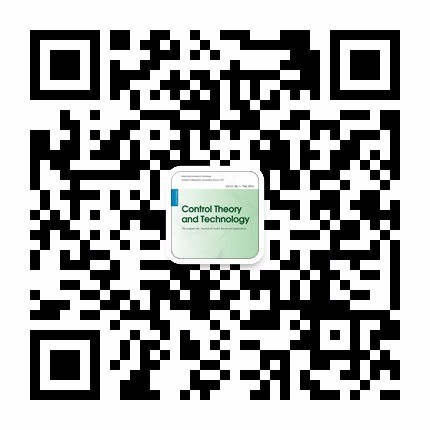| 摘要: |
|
| 关键词: |
| DOI: |
| Received:August 18, 2004 |
| 基金项目: |
|
| Time-shared channel identification for adaptive noise cancellation in breath sound extraction |
| Zheng Han,Hong Wang, Leyi Wang ,Gang George Yin |
| (Department of Electrical and Computer Engineering, Wayne State University, 48202 Detroit, Michigan, USA;Department of Anesthesiology, Wayne State University, 48202 Detroit, Michigan, USA;Department of Electrical and Computer Engineering, Wayne State University, 48202 Detroit, Michigan, USA;Department of Mathematics, Wayne State University, 48202 Detroit, Michigan, USA) |
| Abstract: |
| Noise artifacts are one of the key obstacles in applying continuous monitoring and computer-assisted analysis of lung sounds. Traditional adaptive noise cancellation (ANC) methodologies work reasonably well when signal and noise are stationary and independent. Clinical lung sound auscultation encounters an acoustic environment in which breath sounds are not stationary and often correlate with noise. Consequendy, capability of ANC becomes significantly compromised. This paper introduces a new methodology for extracting authentic lung sounds from noise-corrupted measurements. Unlike traditional noise cancellation methods that rely on either frequency band separation or signal/noise independence to achieve noise reduction, this methodology combines the traditional noise canceling methods with the unique feature of time-split stages in breathing sounds. By employing a multi-sensor system, the method first employs a high-pass filter to eliminate the off-band noise, and then performs time-shared blind identification and noise cancellation with recursion from breathing cycle to cycle. Since no frequency separation or signal/noise independence is required, this method potentially has a robust and reliable capability of noise reduction, complementing the traditional methods. |
| Key words: Lung sound analysis Noise cancellation Blind signal extraction System identification Adaptive filtering |

